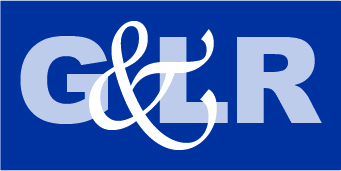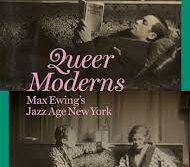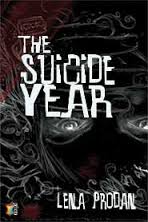 The Suicide Year
The Suicide Year
by Lena Prodan
Prizm Books. 192 pages, $13.95
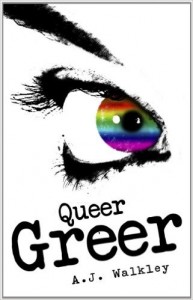 Queer Greer
Queer Greer
by A. J. Walkley
Wordclay. 432 pages, $18.02
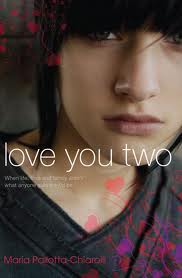 Love You Two
Love You Two
by Maria Pallotta-Chiarolli
Random House Australia. 320 pages, $8.99
IN SEVERAL DECADES of books published with bisexual themes, there has only been one to my knowledge for and about teenagers or young adults. This year, there were three in the first six months alone. All three present bisexuality in a positive light, even though it may cause confusion for the protagonist until she gets a handle on it. In all three books the protagonist is a girl, two of whom have transgender issues. All three books are written in the first person, a voice designed to draw the reader into the story in a personal way.
In The Suicide Year, by Lena Prodan, the protagonist is a seventeen-year-old bisexual girl approaching high school graduation who often wishes she were a boy. She lives on a military base with her very dysfunctional family, obsesses about suicide, and is all over the map when it comes to attractions. She fools around with Sean, the sexy bad boy she wishes she wasn’t attracted to, has a fierce crush on Amanda, a girl in her gym class, and gets excited when she winds up in the middle of a three-way kiss with her boy crush Sean and her best friend Eric, now that the two boys have hooked up. Her suicidal feelings aren’t caused by anguish over being bisexual. But her parents are unfailingly critical and maddeningly contradictory, and she suffers the isolation and loneliness of an Army brat, constantly being uprooted and losing all her friends. Drama unfolds when Eric suspects that Sean is not into him as much as he’s into the unnamed narrator, who in turn is mad that Eric would rather spend his time with Sean than with her. The round robin thus complete, The Suicide Year highlights the complexity of relationships in a post-gay world. Queer Greer’s protagonist is also seventeen and new in town, on account of her father’s career. Greer begins openly dating Cameron, the captain of the co-ed football team, and secretly dating Rebecca, the captain of the swim team, pretty much simultaneously. A. J. Walkley’s portrayal of a girl excited by, and then torn between, her feelings for a girl and a boy is sensitive and realistic. Queer Greer aptly portrays a bisexual character up to the point where Greer’s feelings for her girlfriend Rebecca eclipse those she has for her boyfriend, as Cameron’s flaws start turning her off. After that, Greer appears to be veering in more of a lesbian direction, although there is still some ambiguity. Of course, many bi girls go through uncertain or even lesbian phases before settling on a bisexual identity. In parallel fashion, the bisexual theme droops in the middle of the novel but picks up again at the end. Pina, the main character of Love You Two by Maria Pallotta-Chiarolli, is a sixteen-year-old, third-generation, Italian-Australian teenager who accidentally discovers that her parents have an open relationship and that her mother has a male lover, Nathan, a friend of the family. Shortly after this discovery, she is pressured into sex by her boyfriend, who turns out to be an insensitive cad. At the same time, Pina’s long-haired younger brother, who may turn out to be gay, bi, or straight, is beaten up at school. Love You Two tackles polyamory, bisexuality, interracial relationships, AIDS, blended families, gay grandparents, teen sexuality, and Italian immigrant culture and its impact on three generations of an Italian-Australian family. Although Pallotta-Chiarolli takes on so many issues in one novel that there’s a danger of overload, the book is saved by the charm of her writing and the vulnerability of her characters. Refreshingly, it’s the straight characters who are polyamorous and the bi character who’s monogamous, contrary to a widespread stereotype about bisexuals. All three authors have a good ear and create an authentic teen voice in their narration and dialogue. All three successfully capture the angst of adolescence: the pressure on teenage girls to be thin and feminine and to have a boyfriend; the loneliness, isolation, and confusion experienced by teens who are different; and so on. Although all three books are worth reading, The Suicide Year is the most sophisticated of the three, creating unique and specific characters and providing a window into the day-to-day experience of being a bisexual teenager. Taken together, the three novels provide a good introduction to the complicated new world of unstable gender attractions and slipping sexual identities. Sheela Lambert is a freelance writer whose works have appeared in Advocate.com, Huffington Post, Curve, and AfterEllen.

